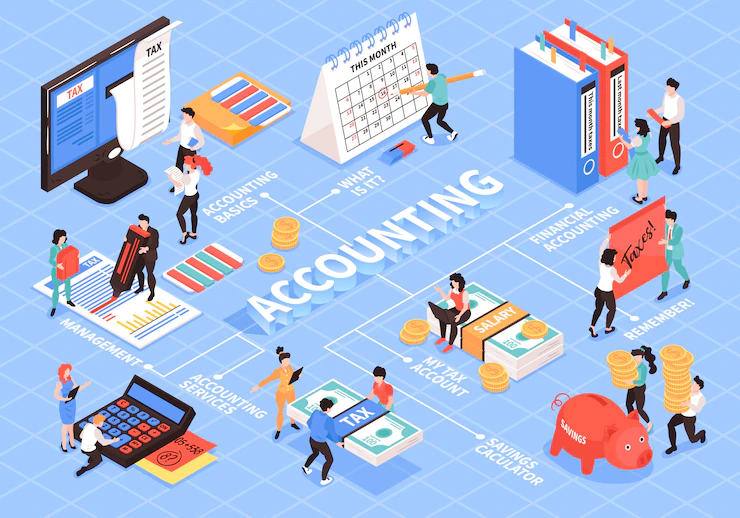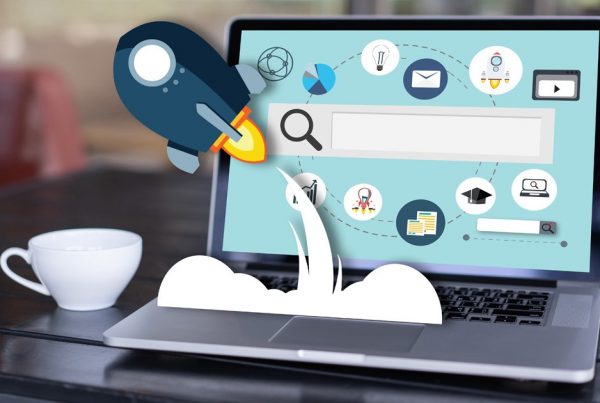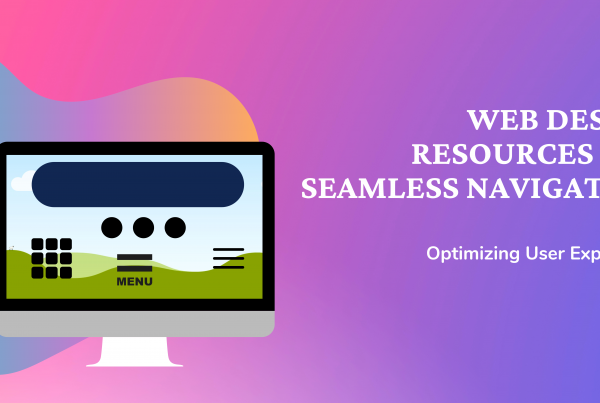The process of choosing the best accounting software for your small-sized business could make your head spin. The needs of your company are unique. With numerous software options prices, pricing points, commitment times (one-time cost or subscription) and more it’s difficult to stay on top of things.
To help you narrow down your choices take a look at the following five suggestions.
1. Select a software for your accounting that is compatible with your budget
Before starting it is important to know that the costs associated with accounting applications is different. The price usually rises according to the options the software offers. Do you want more features? You might need to pay for more cash.
It is important to know how much the cost is compared to the features available when selecting accounting software. What you don’t need is an expensive software program with numerous features that you’ll never utilize. Find out whether the software has an opportunity to try a trial for free or a self-guided demonstration prior to buying. If it does then you’ll learn about the features of the software prior to committing.
Pay attention to how much you will be paid to use the program. Software companies usually have different methods of charging users. Certain software programs are offered for a huge single-time cost. Based on the program you may have to cover additional costs to update the software when it comes up. If that’s the case it will be difficult to plan ahead to pay the latest fee. If you require an update for you, you’ll need to cover the cost.
Other software applications work in conjunction with a monthly or yearly subscription. They’re usually packaged with an arranged pricing system that lets you select exactly what you require. If you select software that is charged monthly charges, make sure you understand the conditions before signing up.
Check that you are aware of the terms of your contract. Is it flexible or rigid? If you violate an agreement, you could be charged for the violation.
Don’t forget to Beware of hidden or additional charges. Don’t be surprised by the additional costs for invoices and running reports, or for providing customer service, setup and data storage.
2. The most effective accounting software is one you are able to utilize
If you’re one of the many small-scale business owners, you are knowledgeable of your sector, not just accounting. It’s not worth your time learning about accounting.
Yes, you may be unable to technicallybe an accountant but you’re not new to managing your money. It’s been a part of managing your money since the moment you began to debate whether you should take out your piggy bank and add more money to it.
That being said accounting software is available with many different abilities in mind. Some are easy and designed for non-accountants. Some are better suited to accountants. In the final analysis no matter who you are. It is important to look for software that provides no-cost resources and support for customers. If you have to learn about something completely new, it’s a simple way to be sure that you’ve got the right info.
3. Choose the features you require to have in your accounting software
The advantage of having so many options to pick from is the ability to choose the accounting software that will fit your requirements just like an ideal fit.
Here are some of the most common things you’ll see:
- Track and create invoices
- Pay vendors
- Compile financial statements
- Credit card processing
- Connect to bank accounts
- Record customer histories
Everyone loves a good checklist. To aid in organizing your search, create your own list of all items you’ll need. The list should be prioritized from the most essential features from the most essential to the least.
Choose a solution that meets your current as well as future requirements. Find software that grows as your business expands.
4. Owners who are constantly on the move must search for the flexibility
If you’re having trouble in defining the term “office” as encompassing airport lounges, cafes as well as your favorite eatery, you might consider the cloud-based software for accounting.
Cloud-based software saves information online, which means you can access it from anywhere using any device that is connected to the internet. There are plenty of advantages to this: You’re not stuck at a desk and don’t have the worry of losing your accounting data if your computer fails to function properly.
If you choose to go with desktop software, be aware of the potential dangers. The computer itself as well as its drive becomes the focal the entire week. It can only be downloaded when your computer is in good working order. Water damage, crashes and power outages could ruin your financial records.
5. Be sure that a high-quality customer service is available whenever you require it.
There are times when you’ll be struggling with questions or require assistance getting the most out of your new software. When that time comes you’ll require an expert support team who is able to assist quickly and effectively. Support from a quality team that’s well-informed and easy to get hold of is essential in the transition to new software.
Here are some things to think about when you think about customer service:
- Does the service cost nothing or do you have other, or recurring, fees?
- What time zone do they fall in? Make sure you don’t lose too much time between different time zones.
- Are the support staff experienced and well-versed in the software and the needs of your company?
- Do you have more than one ways to reach customer service (e.g. telephone or online chat, email)?
The answer to these questions is simple. Contact the customer support department the number and then ask them. Keep a pencil or pen at hand. You may also want to take notes. You’ll know fast if they’re the best customer service staff for you.
The process of choosing the best accounting software for your small-sized business could make your head spin. The needs of your company are unique. With numerous software options prices, pricing points, commitment times (one-time cost or subscription) and more it’s difficult to stay on top of things.
To help you narrow down your choices take a look at the following five suggestions.



